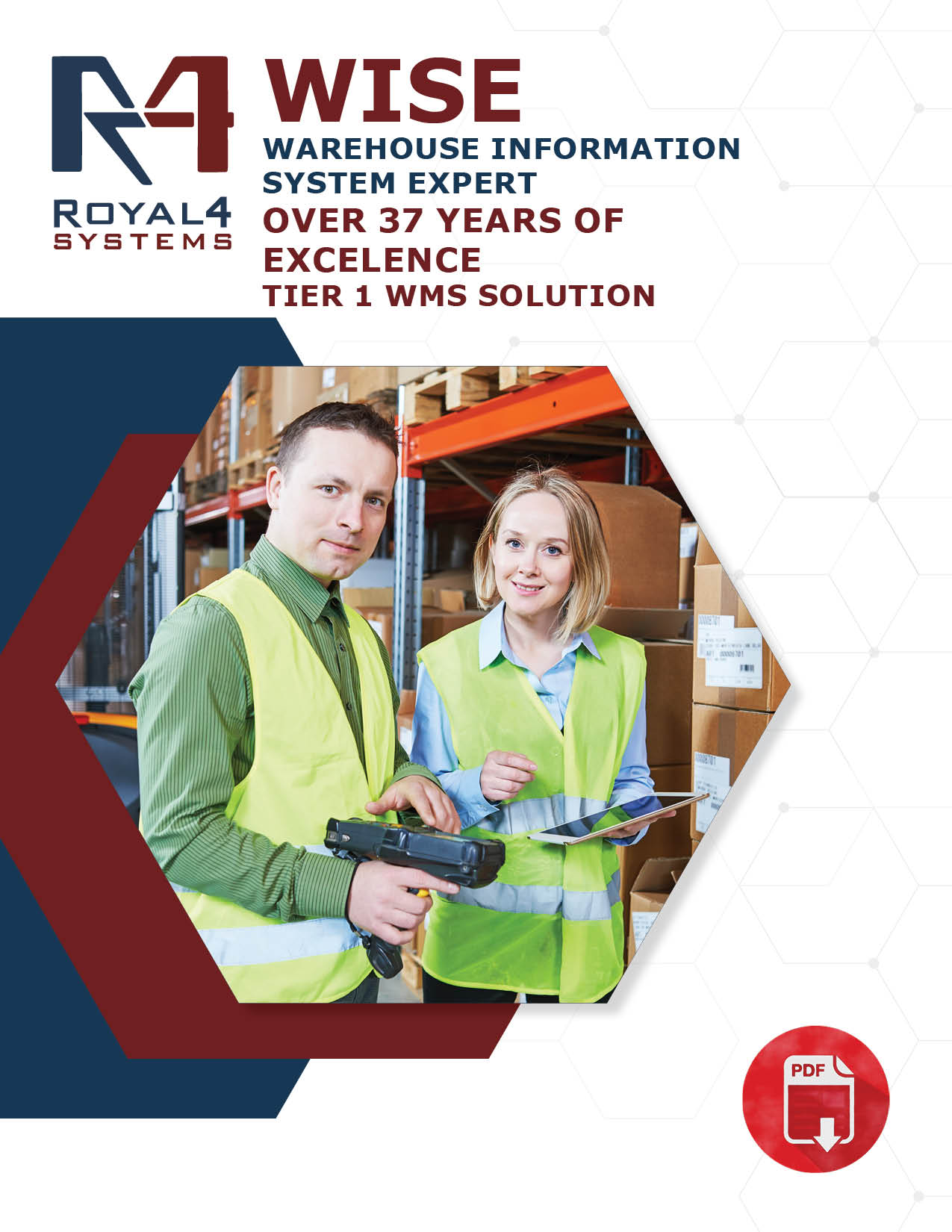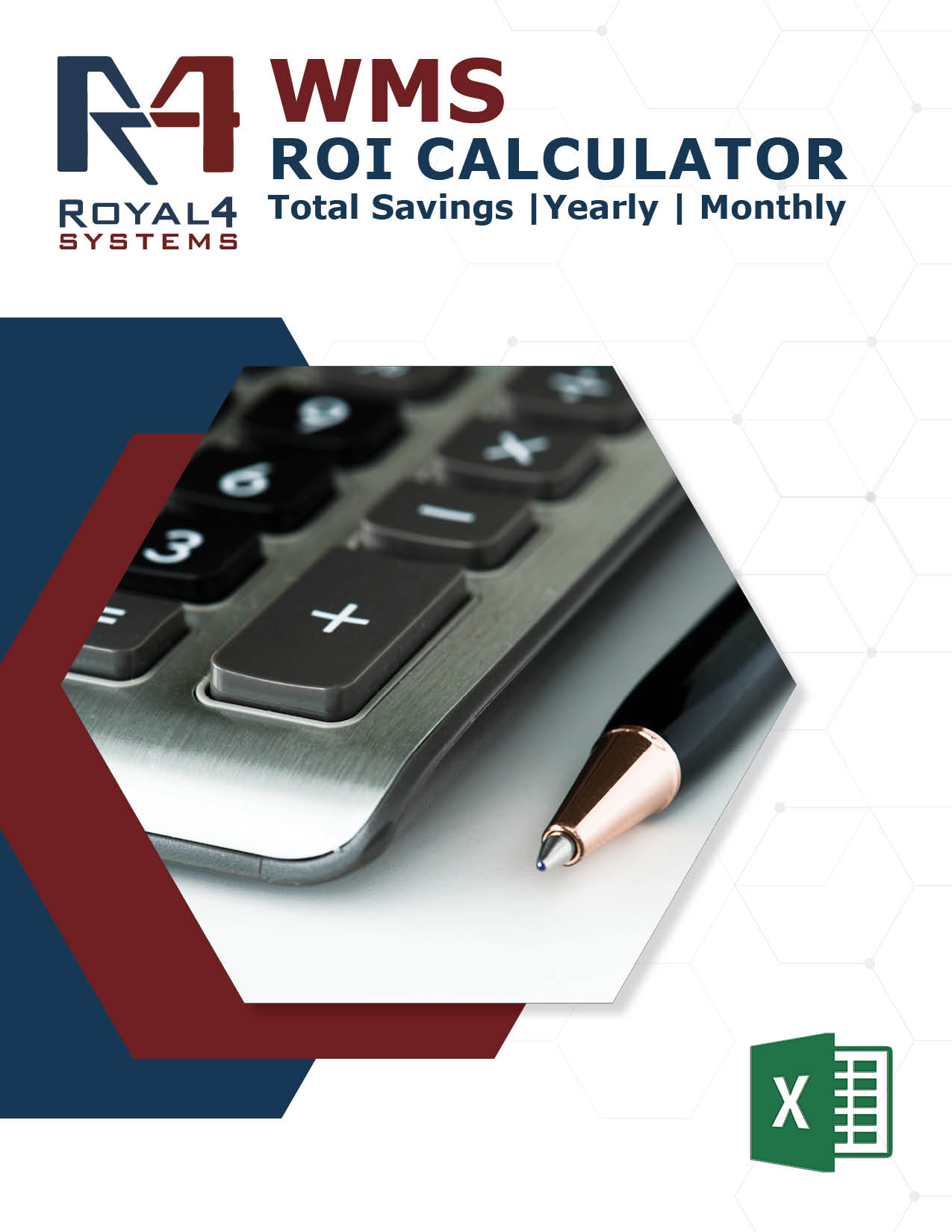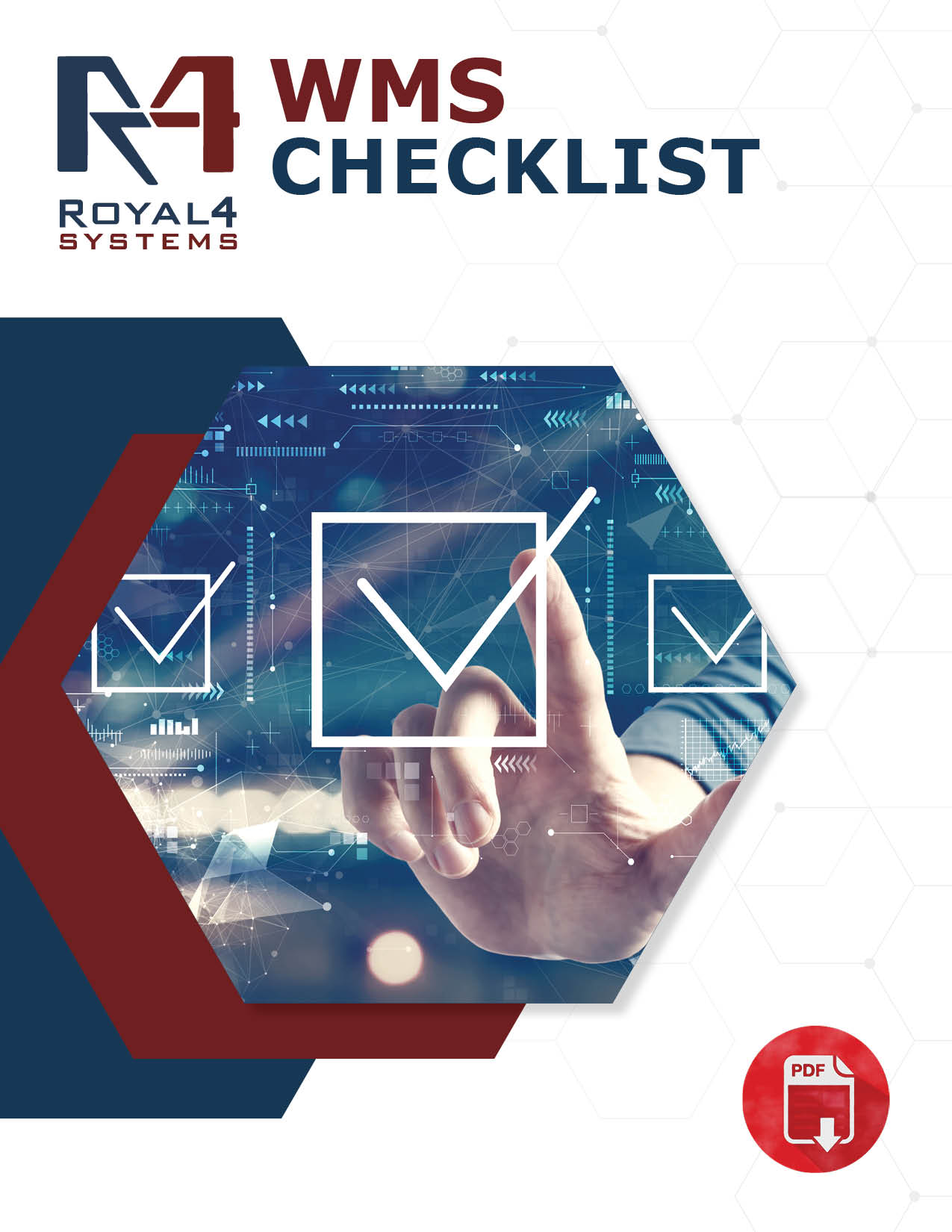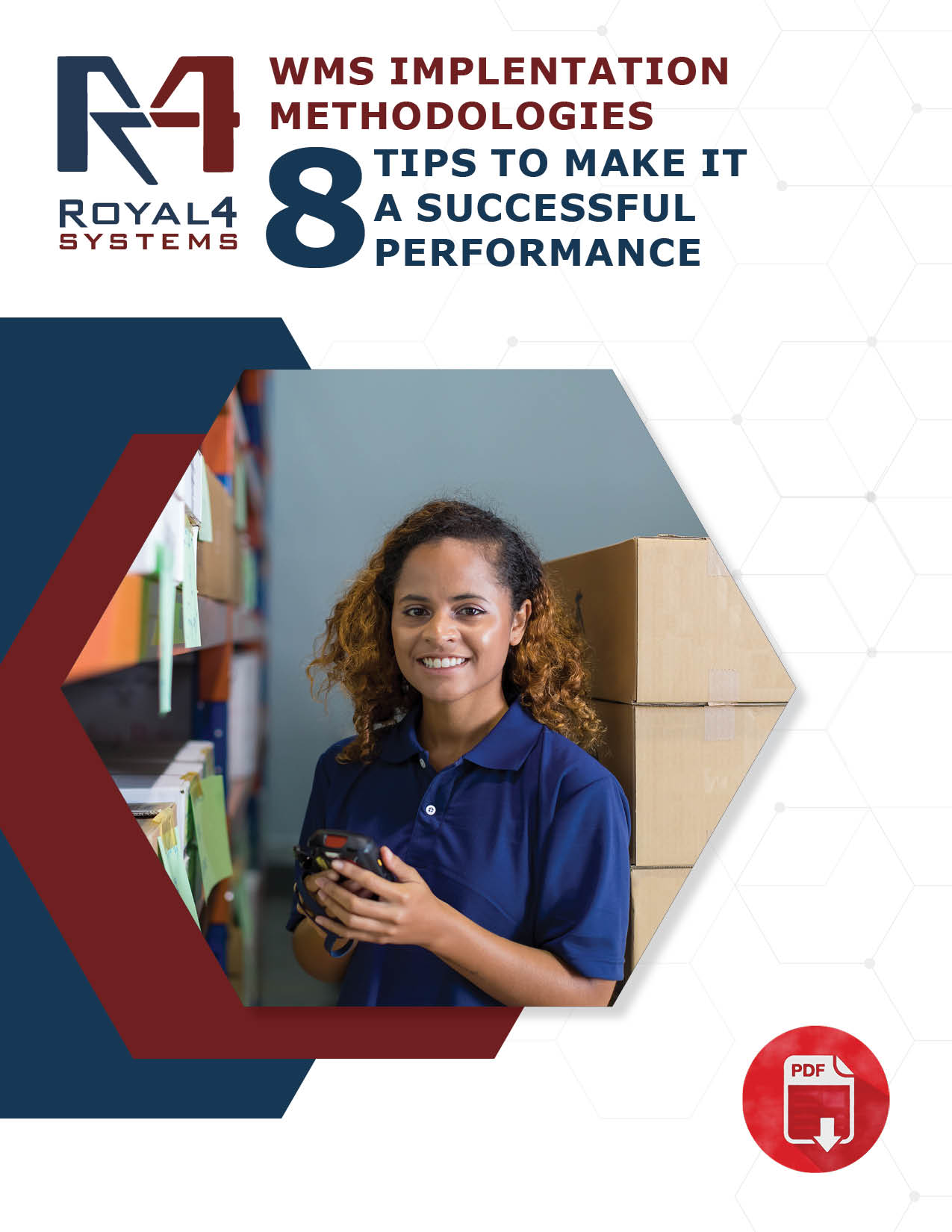
Did you know there were more than 17,300 warehouses in the United States as of 2017?
If you’re a third-party logistics (3PL) provider, you know that your clients depend on you to fulfill customer orders accurately and quickly. It’s an integral part of your business operations to keep your clients and their customers happy. But to stand out from the rest, you’ve got to do it well.
Fulfilling orders is a multistage process. It starts when the customer places an order, then the ordered items are selected and packed, and finally, the package is processed for shipping. While the process may sound simple, you know that it isn’t — with every customer of every one of your clients depending on you, there’s a lot of data to manage.
That’s where 3PL software can be a lifesaver.
When you hire a third-party logistics service to manage your inventory and order fulfillment, you get access to 3PL software that can streamline and automate these processes. Besides saving you time and trouble, it can also save your company money. How do you choose the right 3PL software for your company? Read on to find out.
Different Types of Logistics Management Software
Before the internet, businesses had to manage inventory and fulfillment processes manually. Third-party logistics was available even then, but with each part of the supply chain operating independently, there was a lot of room for error.
Thanks to modern technology, it’s possible to not only streamline logistics processes, but to also automate and integrate them using software. This reduces errors, as well as saving everyone headache.
There are three major types of 3PL software used to do this:
- Integrated CSM suites
- Enterprise resource planning (ERP) systems
- Stand-alone warehouse management systems
Integrated SCM Suites
The supply chain is a process that begins with product development and ends with shipping the finished product to the customer. Supply chain activities include production, warehousing, and inventory management, as well as product development and shipping. To help make sense of this process, a supply chain management (SCM) system is a collection of software that oversees the entire process. It’s used to keep track of data, financial assets, and physical goods as they flow through the supply chain.
ERP Systems
Enterprise resource planning (or ERP) systems integrate every single process that’s essential for running a business. Everything from inventory to accounting to customer service is included.
An ERP system works through a shared database that employees in different divisions of a company can all access. The shared information allows each employee, whether stationed in accounting or sales, to do their job well. This system also makes synchronized reporting and automation possible. Instead of merging different information from mismatched sources to generate reports, employees can simply pull data from the integrated system.
Stand-Alone Warehouse Management Systems
Stand-alone warehouse management systems (or WMS) increase the efficiency and productivity of warehouse operations by streamlining the fulfillment process. The software tracks everything from when goods are received to when orders are fulfilled and shipped. WMS software may also help with labor management and reporting, depending on the kind of WMS used.
What to Look for in Choosing 3PL Software
The following are some things you should try to find in a great 3PL software system:
- Scalable functionality. Because you want your company to be able to keep growing, it’s very important that the 3PL software you choose provides room for this growth. You don’t want it to be capped at the level you’re already sustaining.
- The latest technology. When you’re trusting your logistics processes to a software program or 3PL provider, you want to be certain they have the best technology at their disposal.
- Labeling compliance. As with everything else, there are regulatory requirements involved with product packaging and labeling. Any 3PL provider should know what these requirements are and have the functionality to fulfill these requirements.
- Billing functionality. This will ensure that invoices aren’t ever misplaced or unpaid. It also helps with automating putaway, storage, receiving, and shipping so that service charges are accurate and on-time. Billing functions are a common feature in the majority of 3PL solutions, but you’ll want to make sure the software you invest in offers this.
If you can find 3PL software with these features, you should be in good hands. Contact Royal 4 Systems for more information today!
Request a Consultation
Need more information?
Solutions






![image001[25]](https://www.royal4.com/wp-content/uploads/2023/11/image00125.png)